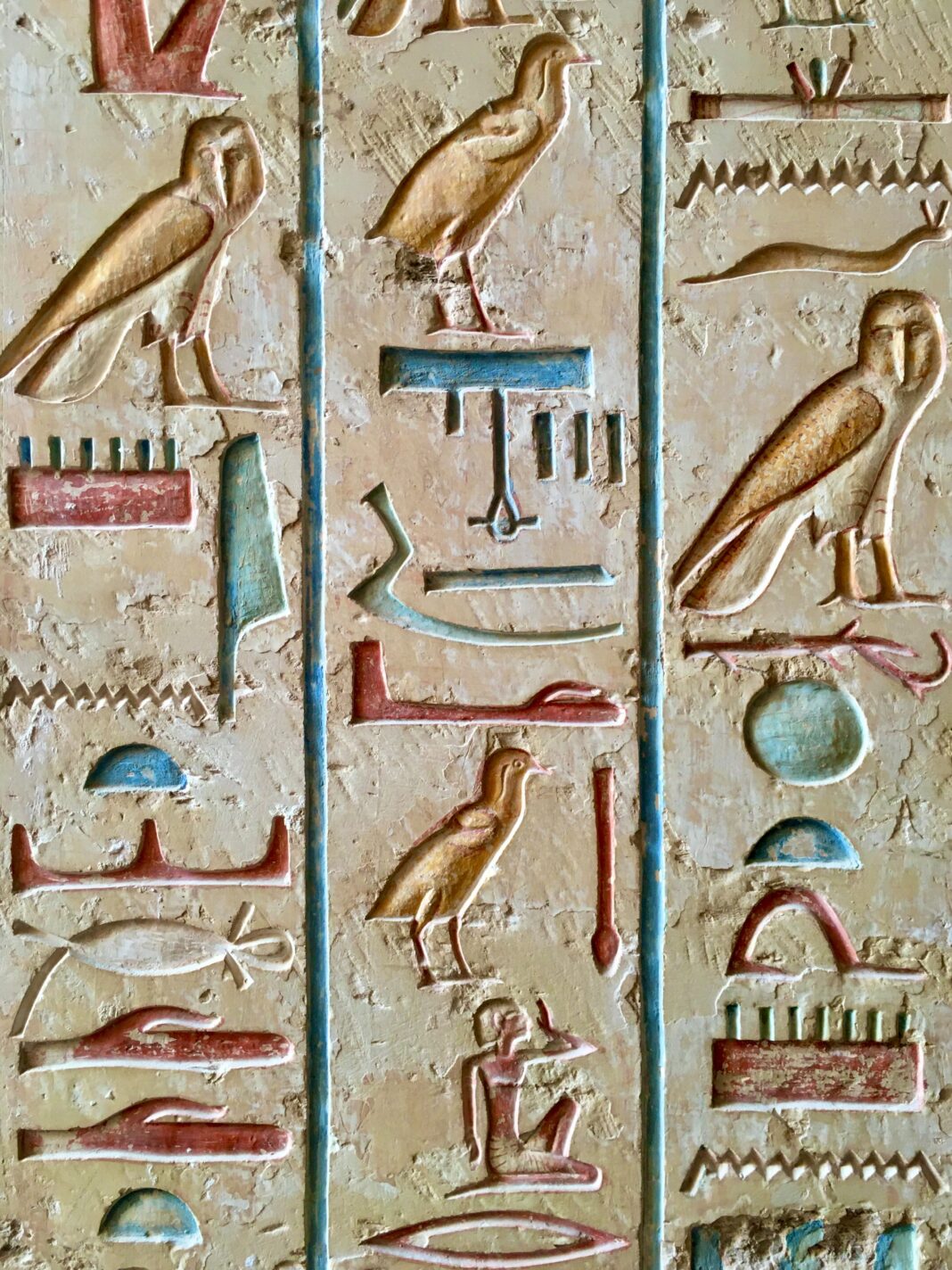In early November, a Czech archaeological expedition from Charles University in Prague has discovered the tomb of the royal scribe Jheuti Em Hat during excavations at the Abu Sir necropolis outside Cairo, Egypt’s Ministry of Tourism and Cultural Monuments announced.
The Secretary General of the Supreme Council of Antiquities, Mustafa Waziri, explained that this part of the burial complex houses the memorials of high dignitaries and generals from the Twenty-sixth and Twenty-seventh Dynasties of Ancient Egypt.
According to him, the significance of the discovery comes from the fact that the life of this royal scribe was completely unknown until now. Abu Sir’s study sheds light on historical changes during the turbulent 5th and 6th centuries BCE.
The director of the Czech mission, Marcel Barta, explained that the tomb was built in the shape of a well ending in the burial chamber of royal scribe Jheuti Em Hat.
He said that although the upper part of the tomb was not found intact, the burial chamber contains many rich hieroglyphic scenes and writings. The ceiling shows the journey of the sun across the firmament in its morning and evening boats, accompanied by hymns about sunrise and sunset. The burial chamber can be accessed via a small horizontal passage below the well, which is about three meters long, he noted.
The religious texts and images on the walls of the stone sarcophagus were intended to ensure Jheuti Em Hat’s smooth transition to eternal life.
The deputy director of the Czech mission Mohamed Majed, uncovered the sarcophagus of royal scribe, adding that its is made of stone and decorated with hieroglyphic texts and depictions of gods from outside and inside.
The upper side of the coffin cover and its longer sides are decorated with different texts from the Book of the Dead, including images of gods that protect the deceased.
The shorter sides of the cover bear images of the goddesses “Isis and Nephthys” accompanied by texts of protection for the deceased.
“As for the external sides of the coffin, they are decorated with excerpts from the coffin and pyramid texts, which are a partial repetition of the spells that already appeared on the walls of the burial chamber,” he said, adding, “At the bottom of the inner wall of the coffin, the goddess “Immutet” is depicted, the goddess of the West, and the inner sides contain what are called the Canopic spells, recited by this goddess and the god of the earth (Geb).”
“All of these religious and magical texts were intended to ensure the smooth entry of the deceased into eternal life.”
Anthropological studies of his mummy indicate that he died young, around 25 years old. Signs of deformities that may be related to his work were found, such as wear and tear on the spine from prolonged sitting and severe bone fragility.
The Abu Sir complex is located 4.5 kilometers from the Saqqara Necropolis. The largest collection of papyri to date has been discovered there. Archaeologists have not found any burial objects as the tomb was looted, probably in the 5th century AD.









